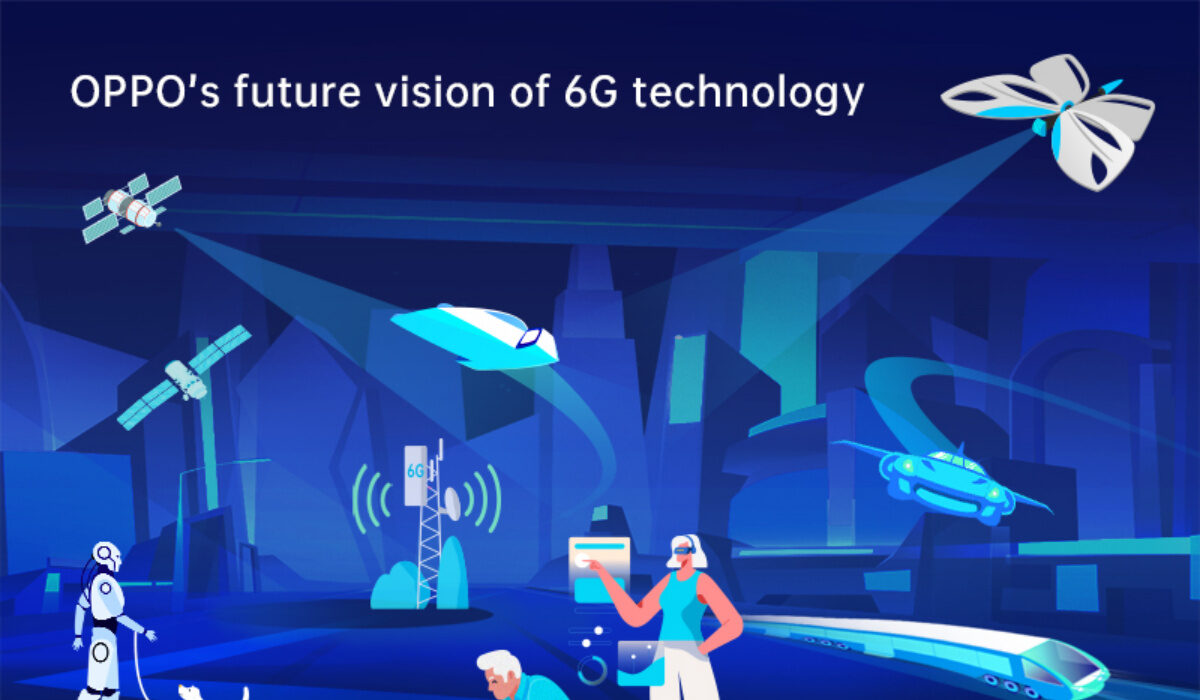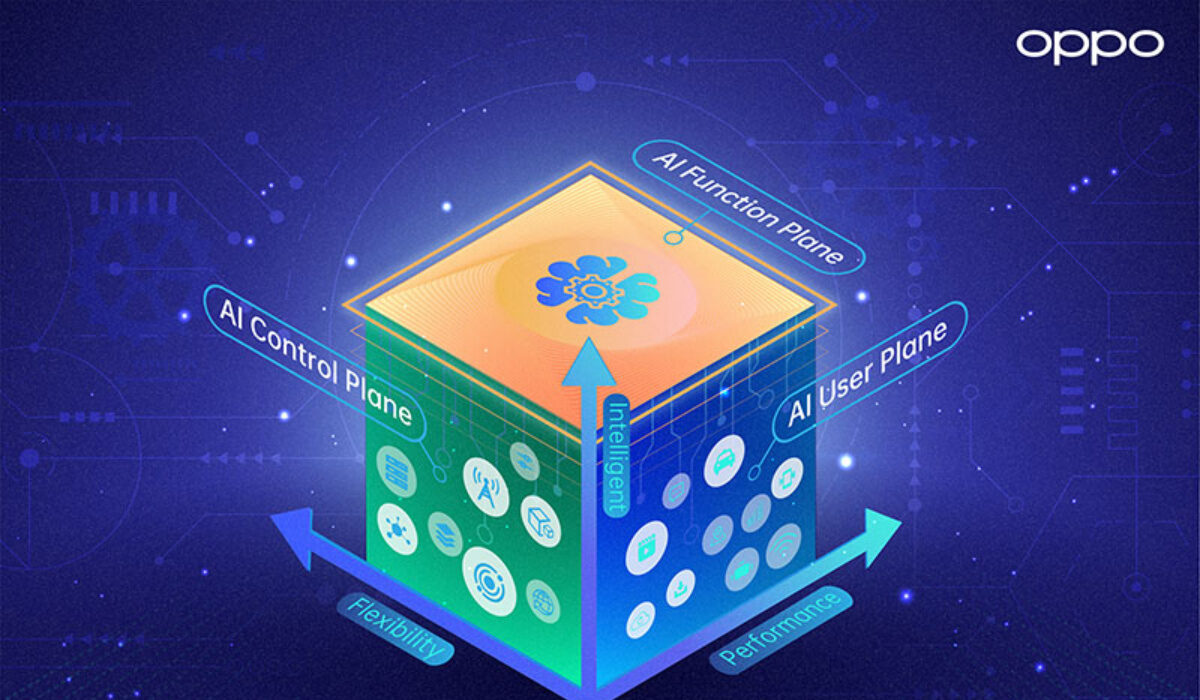Right now, OPPO has established a pre-research team to conduct preliminary research on 6G service and technology requirements, key technologies, and system features. OPPO believes that 6G will reshape the way people interact with AI like never before, allowing AI to become a truly public-serving technology that can be used by everyone. Empowered by 6G, smart devices will become important participants and users of AI, downloading and deploying AI algorithms at different application levels to create new immersive experiences while also constantly collecting data to feed more advanced AI models. For example, in the case of autonomous vehicles, 6G networks will be able to assign the most appropriate AI algorithm and the optimal communication connection based on the location of the vehicle and the current physical environment (e.g., time of day, weather). The vehicle will be able to immediately download and run AI algorithms that have been trained by countless other vehicles and devices, allowing the vehicle to provide the safest and most comfortable journey for the passenger. “Technological development must be forward-looking. Mobile communication technology evolves in decade-long periods, and standardization of the next generation of communication technology is expected to begin in 2025, with commercial implementation following in around 2035,” said Henry Tang, OPPO’s Chief 5G Scientist. “Looking towards 2035, OPPO expects the number of intelligent agents in the world to far exceed the number of humans. Therefore, the next generation of communication technology, 6G, should be able to serve the needs not only of people but of all forms of intelligence and their various interactions. With this end goal in mind, we have carried out the early technical research and system design.” Current networks can be broken down into two dimensions: the control plane (CP) and the user plane (UP). The UP is mainly responsible for the part of network performance that users can directly perceive, such as speed and latency. The CP, on the other hand, is closely related to network configuration, ensuring normal network operations under different movement patterns and location ranges of the network nodes. If we liken the UP to vehicles that are moving quickly through urban traffic, then the CP is the road traffic control. OPPO’s 6G white paper takes an innovative step forward by introducing AI Function Plane as a new dimension in 6G networks, running perpendicular to the traditional CP and UP planes to form an Intelligent Cube (AI-Cube). This unique, AI-enhanced architecture will enhance the 6G network on two levels: network functionality and high-level networking capability to allow 6G networks to self-optimize, dynamically administrate themselves, and intelligently distribute resources. 6G will fundamentally revolutionize how AI infers, learns, interacts, and is applied, solving many traditional problems faced in AI development, such as data silos and user privacy. To alleviate some of the current limitations of AI algorithms, the white paper proposes dividing AI resources into different domains. Arranged according to specific AI tasks, multiple nodes, and resources under the 6G network will form AI domains, providing optimal strategies for accurate AI model allocation, network resource scheduling, and data sharing. Currently, the limited computing power and storage capacity of smart devices make it difficult for them to employ large, generalized AI algorithms. Meanwhile, the specialized AI capable of running on these devices are unable to meet the large data demands of most users. Under 6G networks, however, the AI domain will be able to take on multiple roles such as that of a traditional base station, database, AI model repository, and application server. Under the proposed network, 6G devices will be allocated to an AI domain based on the location and requirements of the device. This AI domain will then issue the most suitable AI algorithm and task needed to deliver the desired services while providing the most optimal communication connection to carry out the relevant tasks. Unlike 4G and 5G networks, the AI used for inferring and decision making in 6G networks will be organically integrated on the device side and the network side, with the device assuming a more important role. OPPO will continue to conduct pre-research into 6G technology that will assist in the formation of the world’s 6G standards in the near future. As a key contributor to the popularization of 5G, OPPO will also continue to work with its partners to promote the large-scale commercialization of 5G, leading the development of the Internet of Experience through the evolution of communications technology to bring its benefits to all.


